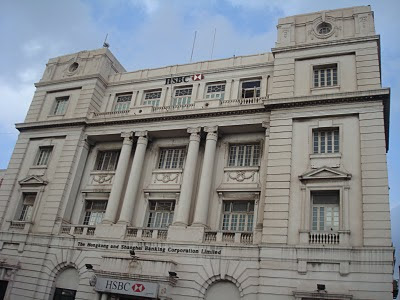As early as 1947, the Government of Madras entered the business of providing bus services, introducing a fleet of 30 buses in Madras city. In the early 1950s, the government imposed its monopoly on the city's bus services. The takeover of private bus services in the rest of the state was pursued more vigourously in the late 1960s: the policy of "progressive nationalisation", as it was called, first resulted in the long-distance services becoming state-owned in 1967. In 1972, four more corporations were formed, to run bus services in four cities of the state.
They were named very aptly: the three dynasties which reigned during the golden age of the region gave their names to the transport corporations of their former capitals - Pandyan for Madurai, Cheran for Coimbatore and Chozhan for Thanjavur. Though a lesser dynasty, the Pallavas were renowned enough for their name to be bestowed upon Madras' service; and so, in 1972, the Pallavan Transport Corporation was formed, as a company, rather than a government department. For almost 20 years, these four - and the Thiruvalluvar Transport Corporation, handling long distance services - were the only companies providing transport services. In the late 1980s, however, politicians began splitting these corporations and naming them after lesser lights. A spate of such renaming in the 1990s saw the state having 19 such. The last straw was when the Virudhunagar Division of the Pandyan Transport Corporation was spun off as 'Veeran Sundaralingam Transport Corporation' in 1997 - mobs aggrieved that their idol (whoever that was) was overlooked in favour of Sundaralingam burnt the buses with his name - a spree that went on for quite a few days, until the government decided that enough was enough.
So now, the state has 7 Corporations: the Metropolitan Transport Corporation (MTC) which handles Chennai, the State Express Transport Corporation which handles long-distance services and 5 variants of the Tamilnadu State Transport Corporation (Villupuram, Kumbakonam, Madurai, Salem and Coimbatore). For many Chennai residents, the buses of the city are still PTC - for Pallavan Transport Corporation, even though that connection remains only in the name of the MTC's headquarters - Pallavan Illam, seen in this photo!



































